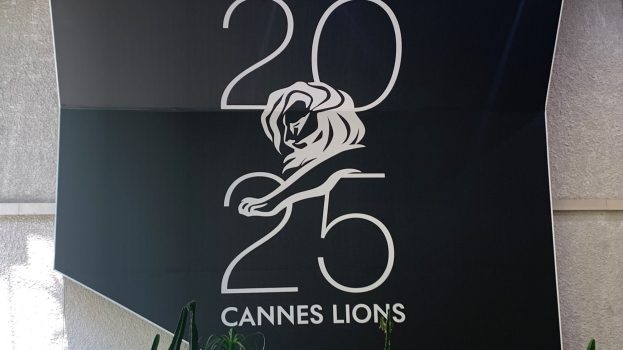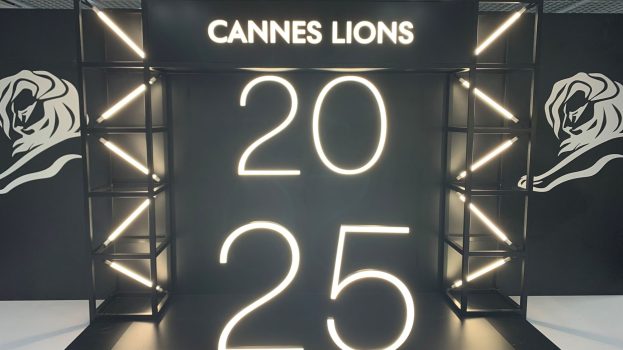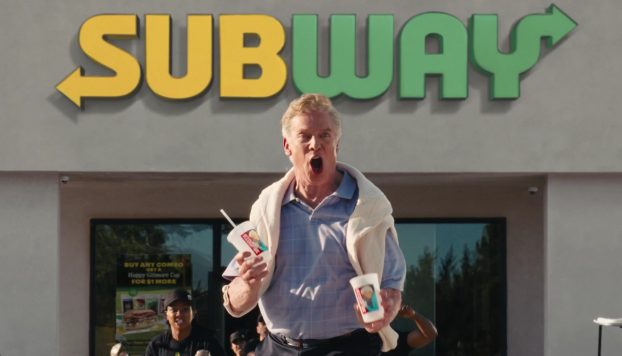When it comes to advertising, people have been wrestling with ‘new’ approaches and the changing consumerscape for as long as there’s been a forum for such discussion.
Until recently, the degree of change was more evolutionary than the 180s (and some 360s) we’re seeing from stand-out brands. But the fact that I went to a play conceived by ad execs, born of a brand’s positioning and executed by one of Canada’s leading (and edgier) playwrights, Judith Thompson – and that its cast of non-actors got standing ovations – confirms that the public is ready for revolutionary thinking.
Crispin Porter + Bogusky co-chair Alex Bogusky talked about the thoughtshift required to get consumers’ attention now when he was in Toronto for the ‘Boards Creative Workshop. Bogusky, who knows a thing or two about radical antics, said: ‘We talk about ‘Prove it, don’t say it’ a lot.’ That means having a big idea that people – not just ad folk – will care about. His agency tests ideas by writing press releases for them, to see if they have legs. If they don’t, the Whopper Freakout instigator said, ‘Don’t hold on to them.’ His philosophy? ‘Be the ninja, accept death.’
This fits with a trend Leo Burnett Canada president David Moore recently articulated. We asked Moore to show some of the best examples of cause marketing at strategy’s Social Responsibility Forum last month, and during his research he figured out the winning formula for the enigmatic Titanium category at the Cannes Advertising festival, which he pithily describes as: ‘Acts, not ads.’
That’s where ninja bravery comes in again; ‘acts’ like WWF’s EarthHour live or die on the strength of the idea and its ability to win partners’ buy-in and social leverage. It’s hard to nail down a definition for this new ethos, but maybe ‘advertism’ covers the gutsy attitude and the greater degree of consumer involvement in marketing.
Due to last year’s double Grand Prix win at Cannes for Dove’s ‘Evolution’ viral, Canada is credited as being on the forefront of this changing face of advertising. It’s a tough act to follow, but in pulling together recent Canadian work that represents the new advertising, we found plenty that breaks new ground. Like the Dove play by the same folks (Unilever and Ogilvy & Mather, Toronto), in which real women tell their life stories, and 15 Below, the jacket project conceived by Taxi Toronto ECD Steve Mykolyn to keep the homeless warm.
We also found that even the more traditional work come with unique twists, like Diamond Shreddies. We chose it for the cover because it’s simple yet effective. Based on the insight that folks like Shreddies the way they are, the ‘new’ product idea created excitement without messing with the brand. And the ambiguity of the campaign out of O&M got people talking – was it spoof or real? The fact that some consumers weren’t sure is compelling evidence that this sea change is overdue.
No wonder the area getting the most buzz in our newly launched stimulantonline.ca is
the non-advertising finds, stories of authentic artistic – or at least creative – endeavours. Recently I moderated juries for the Globe and Mail’s send-a-creative-to-Cannes competitions, and at a dinner for judges, a few mentioned they were sourcing from stimulant’s Random Cool selections. Dentsu’s Glen Hunt is hooking up with Joy Apparel, a T-shirt co that marries cause and social elements, while Martin Gauthier of Sid Lee reports that the Montreal shop, already known for a scope that spans art and architecture, was contacting the folks behind a naughty knits cancer awareness effort.
And the further the net gets cast, the more interesting things will get. Reaching out to unexpected partners and connecting with consumers in brave new ways will help keep Canada in the vanguard of changing – or at least tilting – the face of advertising. We’ll keep working on a Made-In-Canada definition. cheers,mm
Mary Maddever, exec editor, strategy, Media in Canada and stimulant























